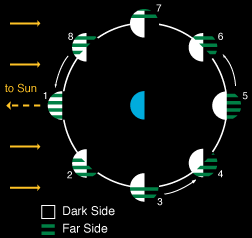A diagram which demonstrates why the moon goes through phases.
Click on image for full size
Phases of the Moon
The diagram shows the Moon in different
positions along its orbit around the Earth. The Sun is off in the
distance, lighting the Earth-Moon system. At any position, half of
the Moon is illuminated by the Sun (the light side of the Moon) and
half is not (the dark side). Also, half of the Moon is visible to the
Earth (the near side of the Moon) and half is not (the far side). As
the Moon moves around the Earth, we can see different fractions of the
illuminated half of the Moon.
When the Moon is between the Earth and the Sun (1), the near side of
the Moon is the dark side. The Moon cannot be seen. We call this New
Moon, the beginning of a new cycle of lunar phases. When the Earth is
between the Sun and the Moon (5), the near side is the light side. We
call this Full Moon, even though we only see half the Moon.
Halfway in between these times (3 & 7), only half of the near side of
the moon is illuminated by the Sun. So we can only see one quarter of
the Moon. We call these phases First and Third Quarters.
All the phases of the Moon have special names
which indicate how much of the illuminated Moon can be seen from
Earth, and whether this part is going to grow or shrink.
You might also be interested in:
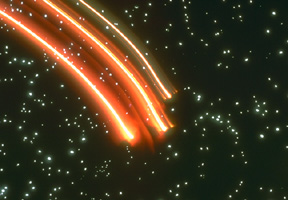
This summer (and its movies!) has brought with it many questions about things hitting the Earth. Well, looks like this isn't just for the movies! The Perseids meteor shower peaks on August 12th. Over 8
...more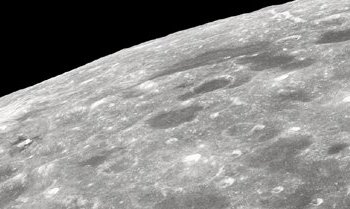
What phase was the Moon in on December, 22 1962? How long does it take the Moon to travel from one phase to the next? Suppose that the Moon spun twice on its axis during each orbit around the Earth. How
...more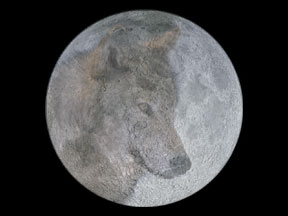
Sometimes, in the fall, you may hear people call a Full Moon the "Harvest Moon". That's because farmers can stay in their fields late, after sunset, harvesting their crops by the bright light of a Full
...more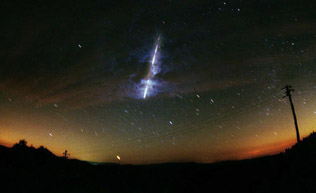
The Leonid meteor shower is one of several major meteor showers that occur on roughly the same date each year. The Leonids typically "peak" (are at their greatest level of activity) in mid to late November.
...more
The Quadrantid meteor shower happens every year in January. Meteor showers are times when you can see many meteors or "shooting stars" in one night. There are several meteor showers each year. Most meteor
...more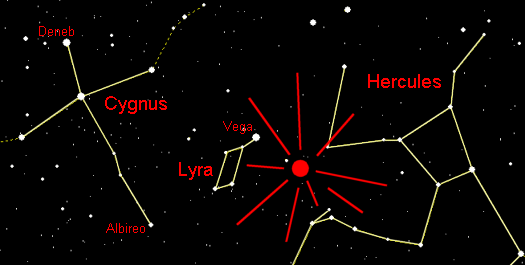
The Lyrid meteor shower happens every year in April. Meteor showers are times when you can see many meteors or "shooting stars" in one night. Most meteor showers can be seen for several nights. Usually,
...more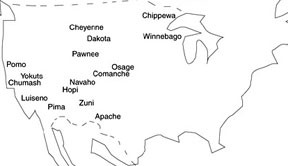
People from Asia crossed the Bering Strait into North America. These people were first in this new land and so they are known as Native Americans. Over time, these people broke into tribes (as seen on
...more


